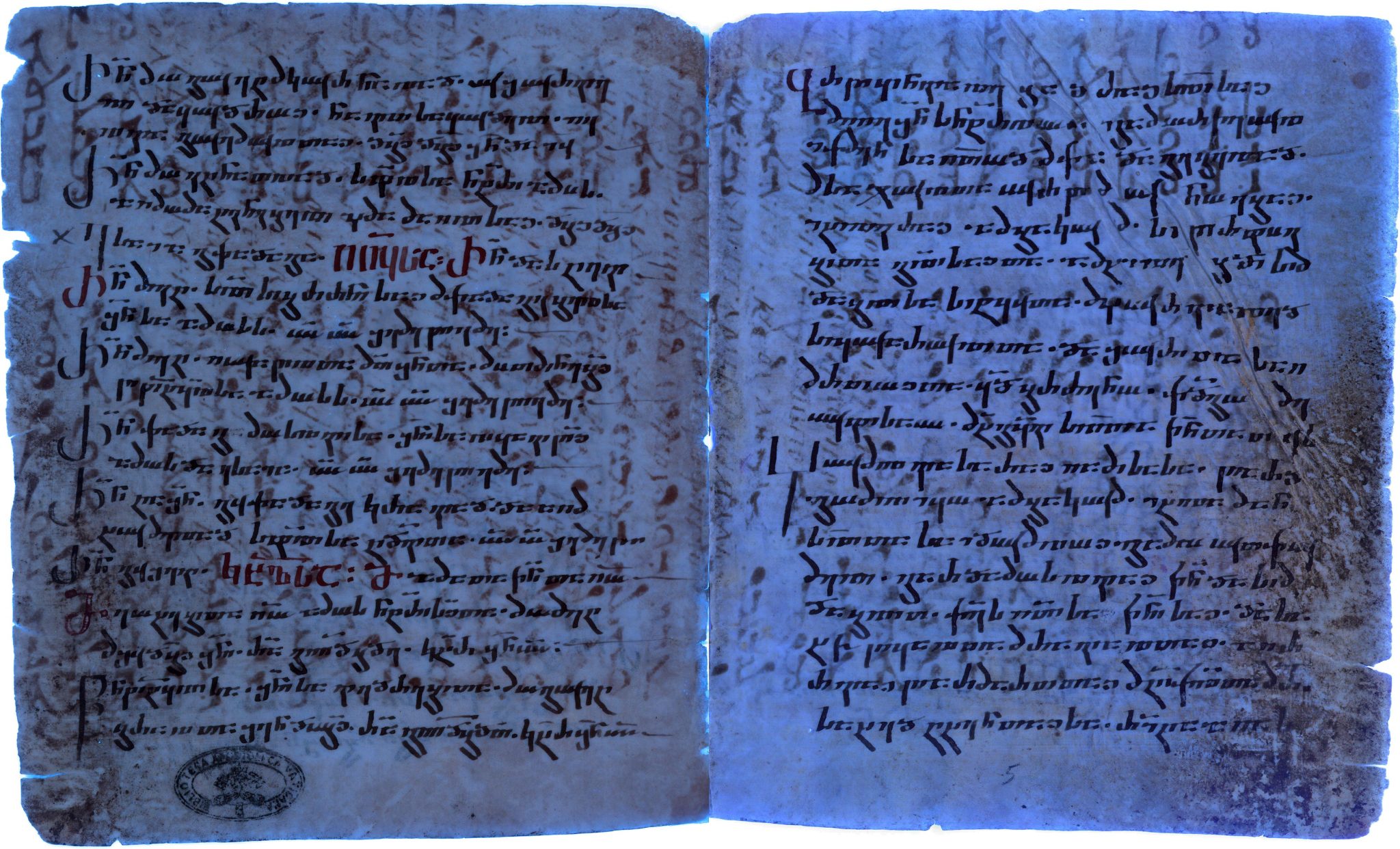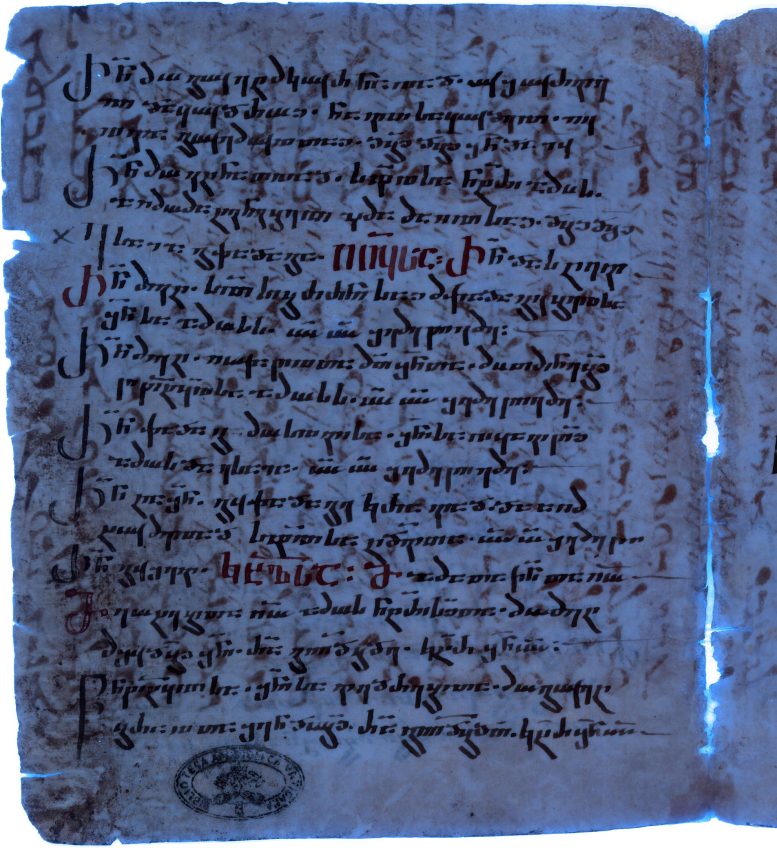Just the other morning, there was a buzz on the ranch that felt almost like Christmas. Yes there was snow on the ground that might have been magical had it been December, but it wasn’t the magic of Santa or presents that was so exciting. No, it was the first branding of the season that kept my kids from falling to sleep. If this bunch had to choose between Christmas and branding, I would put my money down that they would take branding, hands down. From the cowboys roping in the pen to the cook fixing dinner to the kids racing across the range, everyone loves a branding day.
In fact, all sorts of visitors make their way to our range brandings- helpful neighbors, long lost family members, city folks looking for a real cowboy experience, and, not kidding, even a camera crew or two have bounced their way out there. It’s pretty easy to pick out the newbies between their dress, their walk, and especially their talk. I’ve teased before that someone needs to put together a dictionary of cowboy slang for our visiting cowpokes. At the very least then they could understand what we are talking about, although watching someone trying to work out what that old cowboy is saying can be pretty entertaining.
So without an ado, here are the first few entries for the revolutionary, Cowboy Jargon Dictionary.
1. A cowboy’s outfit: No this isn’t in reference to his clothing choice of the day. A cowboy does have some… different clothing choices but that’s because they choose function over fashion. But when one cowboy compliments another cowboy’s outfit, he’s talking about his truck and trailer. Can you imagine cowboys sitting around talking about clothes? Neither can I, but it doesn’t take ANY stretch of imagination to see them talking trucks. Isn’t that written in their DNA?
2. That green broke horse: Let’s just start by saying there is nothing “broken” on a green broke horse. It isn’t “broken” like it doesn’t work. And it’s not really green, unless it was just rolling in the manure… A green broke horse is a horse in training. Inexperienced. Raw. Needing some on the job training. Usually these are young horses with high energy and are a little ignorant to what they are doing. Just think of your favorite T-ball team- a lot of energy but most of it is spent playing in the dirt. Eventually they come around to learn the game and pull their weight. And if they don’t, we trade them off the roster.
3. Heading… or heeling… : Yes, I said that right. Just or, not a mumbled oer... Most often you hear these words together in reference to falling in love. You know- head over heels? But I’m not talking about that, although a branding would be a great place to pick up a cowboy! When you are talking heading and heeling with cowboys they are talking about roping. There’s two ends on a calf to rope- the head (hence “heading”) or the back feet or heels (yep you got it, “heeling”). I guess you could rope the front feet, but you really don’t have much control even though they are caught.
4. Roping a dogie: (doh-gee) Don’t get caught thinking we are talking about a cowboy’s dog. We are referring to the bovine species, not canine. Put simply, a dogie is a calf without a momma. I’m not sure how dogie ever got to be part of cowboy jargon, other than some cowboy long, LONG ago just started calling his motherless calves dogie. These calves can make branding a little tricky when you have several ranches worth of cattle together. Without knowing who the momma cow belongs to, we can only guess who the calf goes with. Nobody wants to be the guy that put the wrong brand on the wrong calf!
5. “Drag ‘em to the fire”: Those are your instructions once you’ve caught your calf. The cowboys drag the calf to the fire, where we have the branding irons set up, hot and ready to leave their mark. A real fire in the middle of a corral with calves, cowboys, and horses sounds like a disaster waiting to happen. It is if you’re not careful! But how else do we get branding irons hot? There are electric irons out there, but there aren’t a lot of electrical outlets amongst the sage brush!
But don’t imagine a big bonfire or even an open fire on the ground. Back in the day they would dig a hole in the ground and light up the fire. These days we have a not-so-fancy branding box with a burner (like the burner on a gas stove) to keep the irons hot. Still plenty hot (I recommend watching your step) but not as likely to reach out and burn a cowboy!
I’d say the last bit of cowboy jargon you need to know is the call to “rustle up some grub,” but I’m pretty sure that everyone knows what that means.

/cdn.vox-cdn.com/uploads/chorus_asset/file/24580696/Capto_Capture_2023_04_12_01_48_03_PM.jpg)



